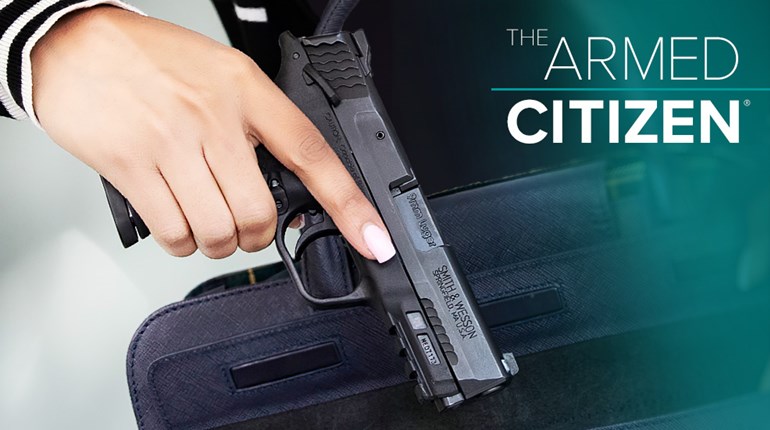
This article, "When is the 9 not so Fine?," appeared originally as a Tech Wisdom column in the November 2017 issue of Shooting Illustrated. To subscribe to the magazine, visit the NRA membership page here and select Shooting Illustrated as your member magazine.
Above: A combination of insufficient cartridge crimp and the effects of inertia during recoil (or when repeatedly chambering a round in a semi-automatic pistol) can partially unseat bullets, causing 9mm revolvers to malfunction.
In my inventory, I have a good variety of 9mm semi-automatic pistols along with a sufficient supply of ammunition to go with them. I’m ready to add a revolver (or two) to the collection, so to keep the ammunition supply to a minimum of calibers I thought about purchasing a 9mm revolver.
The dealer at the gun shop I frequent told me that my intentions were good, but I should go with a .38 Spl. or .357 Mag. because 9mm revolvers were nothing but trouble. I went home flustered and without anything, to do a little more independent research before I make the decision as to what my revolver purchase will be. Tell me why I should or shouldn’t invest in a 9mm revolver.
Michael Hughes, Columbus, OH
A 9mm revolver is one of those guns that you either like or you don’t. There seems to be no middle ground on the subject. Demand is sufficient for Smith & Wesson, Taurus and Ruger among others to have them in their lineups, which means they are selling sufficiently to be profitable. There are a few things to consider regarding a revolver chambered in 9mm as opposed to a conventional revolver chambered in .38 Spl., .357 Mag. or any other rimmed centerfire case, however.
So, first let’s start with the definition of a rim. If you look at the back part of any metallic cartridge case (the end opposite the bullet,) you will see a sort of a flange at the base of the cartridge. This flange is called a rim and its radius is greater than the case wall itself and thereby suspends the cartridge from the breechface of a revolver. It provides a place for the firearm’s extractor to latch onto, in order to pull out a fired cartridge case out of the chamber. In some cartridge types, it helps to headspace the cartridge (i.e. place it into position in the chamber at the correct depth).
The 9mm is a rimless case, which makes it more difficult to extract and eject chambered cartridges. (To a novice shooter, a rimless case may also seem to have a rim, but its radius doesn’t extend to or beyond the case wall, which is why moon clips are required for extraction.) Although some manufacturers have developed extractors specifically for rimless cases, moon clips, either in full- or half-moon configuration, are the most reliable for double-action 9mm revolvers.
Another concern is the inertia placed on the bullet in the case during recoil. The amount of force generated at firing in the lighter revolvers tends to unseat the bullet, moving it forward and changing the internal ballistics of the cartridge from one shot to another. In more-extreme cases, the bullet(s) may be displaced forward far enough to protrude from the front of the cylinder, which essentially locks the cylinder in place and prevents a 9mm revolver from firing.
The reason for this with 9mm ammunition is the bullet is typically held in place by the friction of the cartridge case alone. The similarly powered .38 Spl. uses the friction of the cartridge case plus a crimp at the case mouth, engaging the cannelure of the bullet to prevent inertial movement of the bullet during firing.
The way to test a brand or type of 9mm ammunition for inertial bullet movement is to load and shoot a full cylinder, with the exception of the last round, which can be removed from the cylinder and inspected for bullet movement. If movement is detected, save that ammunition for semi-autos and test another brand or type of ammo for your 9mm revolver until something suitable is found.
Be aware that some manufacturers use the same internal-barrel dimension for the 9mm as the .38 Spl. and .357 Mag. revolvers. Technically speaking, the 9mm bullet is .002 inch smaller at .355 inch than the 38/.357 at .357 inch, which may produce less-than-optimum accuracy, making it a notable consideration. The old expression of “check before you buy” would be worth following, particularly in this case.
With these considerations in mind, an informed choice can be made as to whether you want to keep your ammunition supply intact with a 9mm revolver or take the leap and expand into another caliber for the new addition to the stable.


































